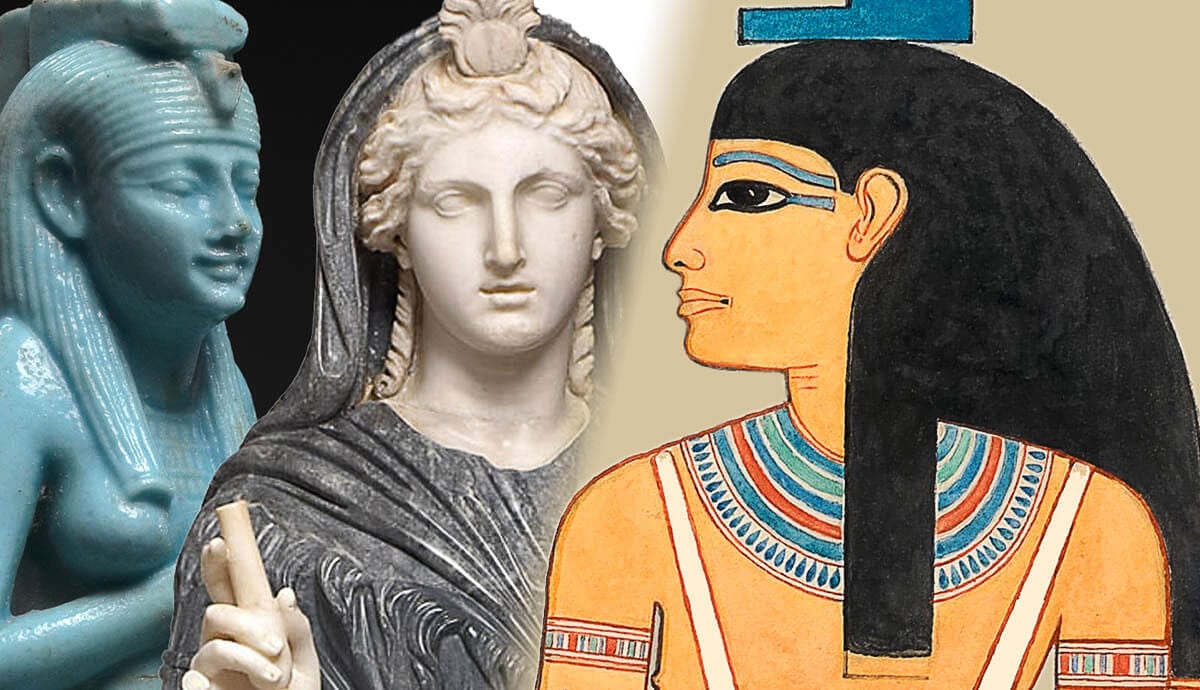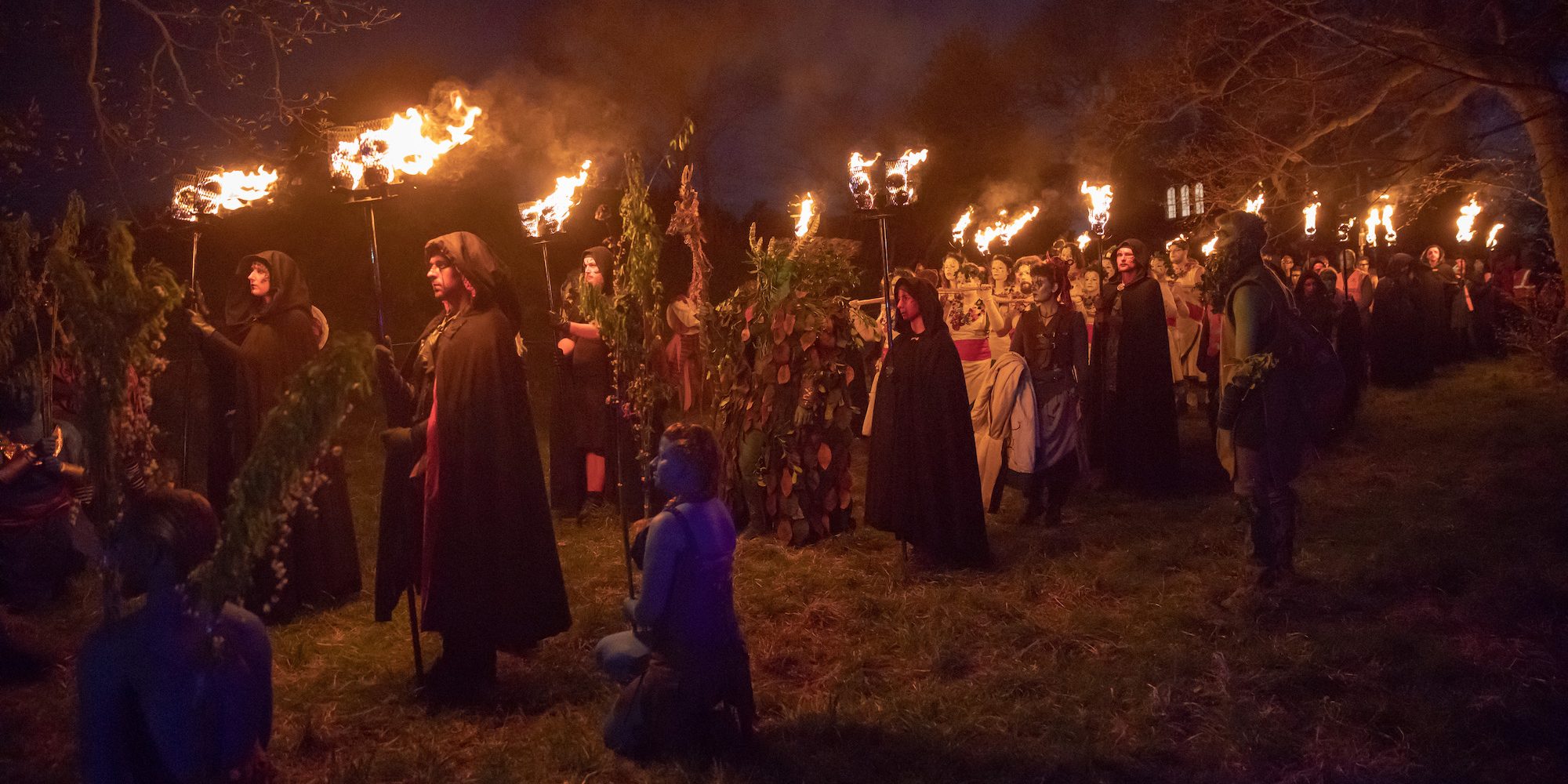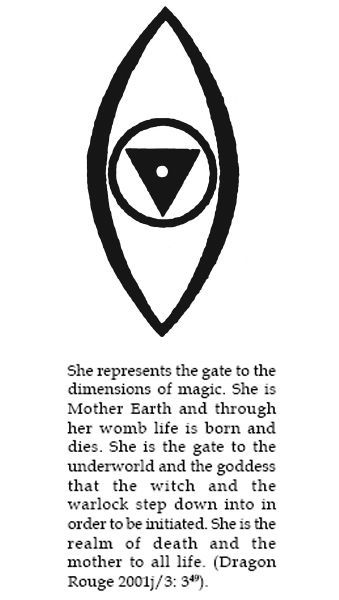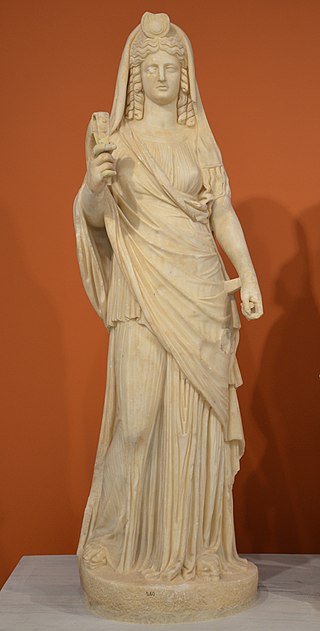Cult of Isis
Originating in ancient Egypt, Isis has been portrayed as the mother goddess of the earth for over 3,000 years. This sprawling religion has evolved, adapted, and annexed itself into several religions including those of the Greeks, Romans, and eventually, the Christians. However, a particular cult, dedicated to the mother goddess, had kept the ancient ways of sacrifice and worship ever since the fall of the Roman west and the rise of Christianity. Making their home in the cold north, the worship of Isis melded into the worship of the mother goddess in the British Isles and found likely allies in the druids and shamans of the old north.
It is in Wales, Scotland, and parts of Ireland that this female-led cult thrives, using their earthen magic to survive and hide from the spreading Christian tide that has taken over much of everyday life in the British Isles. Earth magic does not range as far as water magic but the followers of Isis and the Druids can use their magic to collapse cliffs, raise the earth, create armor and weapons from tempered earth and precious metals, and grow crops in otherwise un-savory fields/areas. Isis's cult, like others in the Greco-Roman world, had no firm dogma, and its beliefs and practices may have stayed only loosely similar as it diffused across the region and evolved over time. However, a more centralized approach to the worship of the mother goddess took root during the chaos and fear of the Anglo-Saxon invasions of the 4th-7th century.
Isis was often characterized as a moon goddess, paralleling the solar characteristics of Serapis. She was also seen as a cosmic goddess more generally. Various texts claim she organized the behavior of the sun, moon, and stars, governing time and the seasons which, in turn, guaranteed the fertility of the earth. These texts also credit her with inventing agriculture, establishing laws, and devising or promoting other elements of human society. This idea derives from older Greek traditions about the role of various Greek deities and culture heroes, including Demeter, in establishing civilization. Therefore, rituals were solidified and practiced throughout the British Isles as the Mother Goddess became a symbol for celestial bodies, seasons, fertility, and distinctive feminine characteristics.
When Syres is rescued and healed by a group of Priestesses, he is subject to a fertility and seduction ritual involving honey, milk, and powerful smelling herbs. They explain to him that it is a ritualistic bath to ask for the goddess's consent before a woman can dedicate herself to the practices of the cult. He also notices that the men who are involved in the cult are shared by the women, entering into sacred bonds of partnership for a year. If the female becomes pregnant during this time, she may choose to bind herself permanently to this man. In turn, he will build them a home, protect them as a fighter, and dedicate his services to Isis. These services can range from sewing fields, reaping crops, hunting, fishing, and the sacred spring fertility festival that both the Druids and Priestesses participate in, known as Beltane.
Here, a partnered or dedicated man may be chosen as one of the sacred seven - along with seven druid men, seven fertile priestesses, and seven virgins. The group would pray to the goddess, fast, feast, and then procreate during the Beltane festival. Any children born from this sacred festival were immediately taken into the Druid or Isis cult. The festival celebrated the union between the Horned God and Mother Goddess in ancient Druidic traditions but the same festivals were important throughout the history of the Cult of Isis, even after it was adapted and annexed by the Greeks and Romans.












Comments